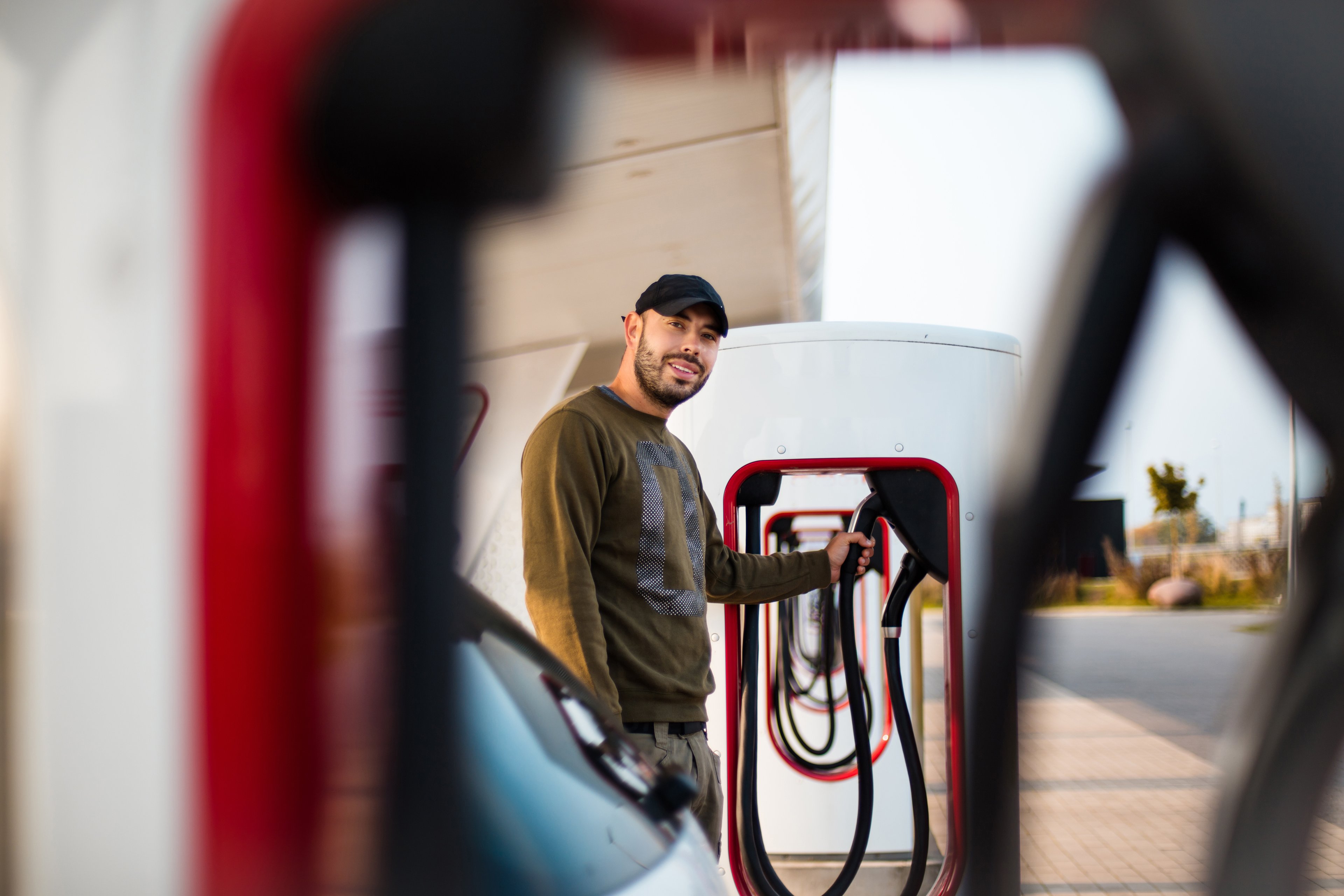After market close on Thursday, Tesla (TSLA 3.94%) announced first-quarter deliveries far ahead of analysts' estimates. The impressive achievement helped assuage concerns about the extent of the COVID-19 pandemic's negative effects on the company.
But there was an important tidbit missing from the report: an update on whether or not management still anticipates hitting its full-year delivery target during these uncertain times. While the list of companies that have reduced or suspended their full-year guidance continues to grow every day, Tesla remains a holdout.
Does management still think the electric-car company can deliver over a half-million vehicles in 2020?

Tesla vehicle production. Image source: The Motley Fool.
Record first-quarter deliveries
Tesla's first-quarter deliveries came in at 88,400, a record for Q1 but down from about 112,000 in the prior quarter. Compared with the first quarter of 2019, however, deliveries were up 40%.
Management said combined Model 3 and Model Y units represented 86% of total deliveries during the quarter, with its pricier Model S and Model X making up the remaining sales. Since Model Y deliveries didn't begin until March, and since automotive production of new models takes time to ramp up, the Model Y likely represented a very small percentage of the quarter's deliveries.
On average, analysts were expecting first-quarter deliveries of 79,900. But this consensus forecast was based on revised estimates in the weeks leading up to this quarterly update. Analysts were expecting COVID-19 headwinds in China during the beginning of the year and in the other markets toward the end of the quarter to weigh on deliveries. But analysts' lowered forecasts were apparently too conservative.
Getting to 500,000 units
While it's notable that Tesla exceeded its guidance for the quarter, the company has its work cut out for it when it comes to hitting its full-year target for over 500,000 deliveries, up from about 368,000 in 2019. To achieve this guidance, it will need to average 137,200 deliveries in each of the next three quarters.
The company's recent launch of the Model Y, which Tesla expects will eventually achieve a higher annual sales volume than the Model 3, will likely help the automaker in its efforts to grow deliveries. In addition, Tesla's new factory in Shanghai, where it builds vehicles for customers in China, will also likely serve as a catalyst this year. But for now, there's a major roadblock in Tesla's way: Its factory in California, where it builds most of its vehicles, is shut down.
To exceed its guidance for 500,000 vehicles in 2020, Tesla will need this factory to come back on line -- and soon. Whether Tesla hits its guidance or not, therefore, is primarily up to how well California can curb the spread of COVID-19.
Progress in Shanghai
Tesla highlighted progress at its Shanghai factory in its first-quarter deliveries update, noting that it "continued to achieve record levels of production, despite significant setbacks."
Furthermore, the automaker noted in its fourth-quarter update that it has installed enough capacity in Shanghai to achieve an annualized production rate of 150,000 units. But since the factory didn't start producing vehicles until the end of 2019, it will take time for the automaker to hit a production run-rate of 150,000. Incremental production from Tesla's Shanghai factory may not be enough to offset a shutdown in California.
Though management didn't lower its full-year outlook for deliveries along with its first-quarter update, investors shouldn't get their hopes up. The longer the automaker's California factory remains closed, the lower are Tesla's chances of hitting its guidance.






